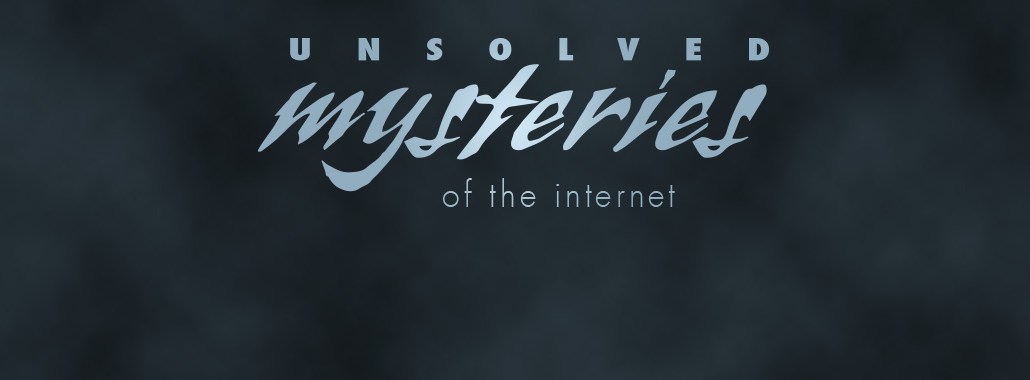Internet mysteries: How does Twitter’s verification system work?

Twitter may be getting overshadowed by the likes of Facebook, with its recent Instant Article deals with publishers, and Snapchat, with its youth appeal. But it’s a testimony to its enduring importance that people are still grousing about its opaque verification process. It’s an Internet mystery that won’t go away. In the first of a Digiday series on Internet mysteries, we ask: What do we know about how Twitter decides to bestow its coveted checkmark, anyway, and why does it matter?
Why are people still talking about this?
It won’t go away, thanks to Twitter’s lack of transparency on the subject. Twitter used to have a public page where people could apply for the checkmark but took it down in 2010. Its opaquely worded FAQ on the subject creates more questions than it answers. It’s why the trade group for digital publishers Digital Content Next recently offered to help Twitter straighten things out.
Why does it matter?
When Twitter created the checkmark in 2009, it quickly became a coveted badge (even spawning a Facebook copycat). The more checkmarks it bestowed, the more people wanted them. For publishers and journalists, having the checkmark next to an avatar would give credibility with readers and advertisers. For Rafat Ali, founder of the startup travel industry vertical Skift, “it’s more about legitimacy in the market if people are looking at me as a news source. A sign of verification does matter, especially in the agency world.”
What does Twitter actually say on this?
Twitter’s FAQ on the subject is light on the specifics, perhaps intentionally so. The platform says that it is “constantly updating” its requirements for verification but that it doesn’t factor in follower count or tweet count. Twitter says it doesn’t accept requests from the public but that it verifies accounts in “key interest areas” including media, government and culture “on an ongoing basis.” We’ve reached out to Twitter for clarification and will update this accordingly if it responds.
What’s the experience for users?
To the outsider, the process seems arbitrary. Andy Cohn, president and publisher of music magazine The Fader, experienced this firsthand. First, Twitter told him the only way he could get verified was if The Fader spent $15,000 on advertising — more than the small, independent publisher could afford. Then, by chance, he struck up a conversation with a Twitter employee at SXSW and described the problem to her. She made a call, and an hour later, The Fader was verified.
It seems like a lot of the verified accounts belong to journalists.
Indeed, journalists make up one-fourth of all verified users. For a while, Twitter seemed to be verifying journalists in big batches, without being asked. Cohn himself was verified in 2012, unprompted. For Mathew Ingram, formerly of GigaOm and now at Fortune, he needed to fill out a few forms over a couple of days.
What’s it like being verified?
“I’m not sure there is a huge benefit to it, but I think it does help when contacting people, that they know you are who you say you are, which is definitely helpful for journalists,” said Ingram. “And I think I probably get better service at the computer repair or phone store because everyone is quite impressed.” For others, the quest continues.
Sounds confusing.
Indeed, another complaint about Twitter is that they don’t verify small or trade media companies. This is what happened when Ali tried to get Skift verified and was told by Twitter that it hasn’t developed a policy for small or trade organizations because it doesn’t know if they’re advocacy organizations. That hasn’t stopped it from verifying sites like Curbed and TechCrunch, though.
So where does this leave us?
It’s quite possible Twitter’s seemingly arbitrary behavior is just a matter of a young and growing company trying to juggle competing priorities. But its lack of transparency is potentially damaging, particularly to new and growing companies. “I’m particularly interested in making sure the next generation of emerging content brands aren’t at any disadvantage due to a black box built on elbow rubbing,” DCN CEO Jason Kint said.
It all sounds a little … silly.
For journalists, the consummate outsiders, there’s something ironic about seeking verification in the first place, which is why some have taken an opt-out approach. “There is literally nothing uncooler than worrying about being verified on Twitter,” said The Awl co-founder Choire Sicha, who has resisted verification and wrote about other people who do.
More in Media

Meta AI rolls out several enhancements across apps and websites with its newest Llama 3
Meta AI, which first debuted in September, also got a number of updates including ways to search for real-time information through integrations with Google and Bing.

Walmart rolls out a self-serve, supplier-driven insights connector
The retail giant paired its insights unit Luminate with Walmart Connect to help suppliers optimize for customer consumption, just in time for the holidays, explained the company’s CRO Seth Dallaire.

Research Briefing: BuzzFeed pivots business to AI media and tech as publishers increase use of AI
In this week’s Digiday+ Research Briefing, we examine BuzzFeed’s plans to pivot the business to an AI-driven tech and media company, how marketers’ use of X and ad spending has dropped dramatically, and how agency executives are fed up with Meta’s ad platform bugs and overcharges, as seen in recent data from Digiday+ Research.





